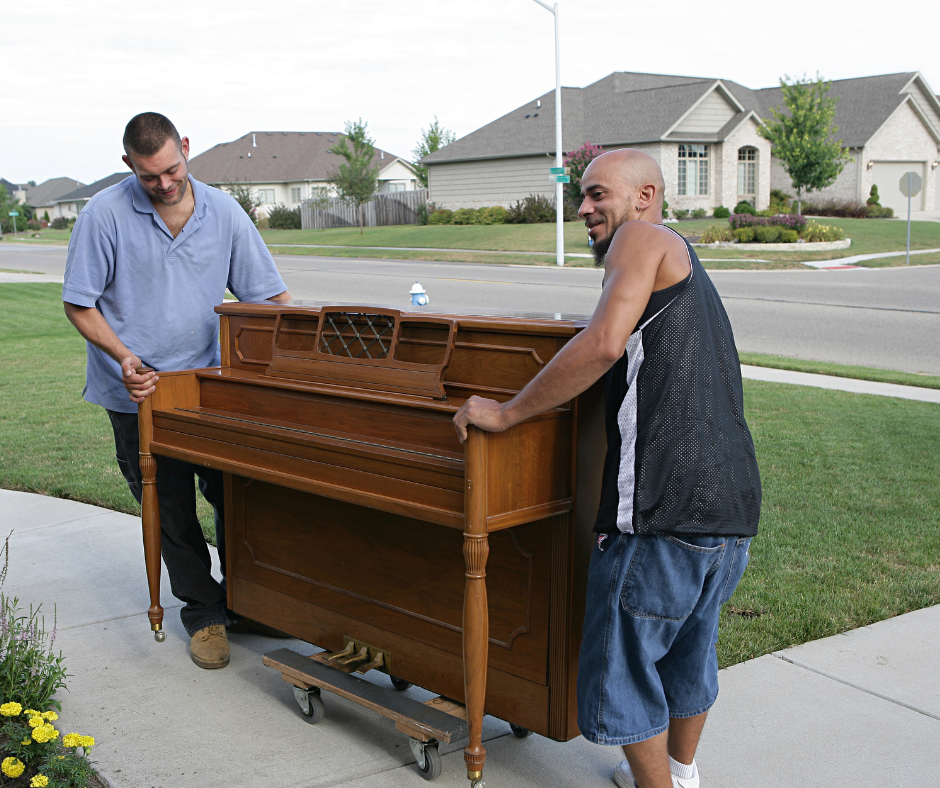
Why does a piano need to be tuned after being moved?
Share
Pianos in general do not like to be moved. The more a piano is moved, the greater possible impact on the instrument. A small move on a level surface will have only a minor impact, but major moves —like across town or to a different climate — require more significant follow-up maintenance.
Pianos have thousands of intricate parts, and the strings and tuning pins are under a lot of tension. Moving a piano will introduce vibrations and change stresses in different directions. This impacts your piano’s calibration and will require tuning. Temperature and humidity changes can also impact the tuning.
Transporting a piano will definitely involve a change in temperature and humidity, even if the weather seems stable. The farther and longer the move, the greater the possible impact.
After a small move, I recommend waiting a few days to a week before tuning to let any new stresses settle. Climate changes are likely minor. After a major move or transporting your piano a long distance, I usually recommend a few weeks to a month (or even more). This provides time for the stresses to settle and the piano can acclimate to its new temperature and humidity climate. Tuning can be done immediately after moving, but the stability of the tuning may not hold long, so it’s best to give your piano time to settle into its new home.